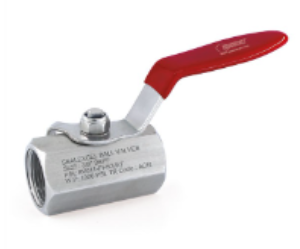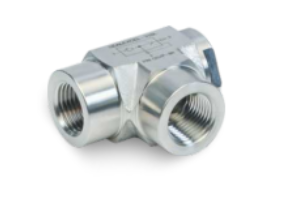Types Of Checking Valve In The Market
July 1, 20215 Things To Know About The Applications Of Pipe Couplings
July 3, 2021What are Pneumatic Fittings? And Its Applications and Uses
Pneumatic fittings are components used in pneumatic pressurized gas systems to join pipe, tube, and hose sections. Tighter seals distinguish pneumatic fittings and reduced pressure needs as compared to hydraulic fittings. They’re often found in pneumatic logic control and instrumentation systems.
Pneumatic pipe fittings exist in various forms and sizes, and their connection types and purposes vary. However, because of the close connection between the uses and applications of these components, more attention will be paid to the kinds of pneumatic fittings based on function. Some pneumatic fittings add or change direction, while others join smaller pipes, and still, others are only intended for specific connections or purposes, depending on their functions.
Application of Pneumatic Fittings
Application of Pneumatic fittings isn’t only for usage in industries. All you have to do is glance around, and you’ll see them all around. We use pneumatic fittings in a variety of situations in our everyday lives.
Pneumatic fittings may be found in a variety of items that we use daily, including:
Bicycle/ball pumps
Tire pressure gauges
Some nail guns
The handicapped-access buttons which operate automatic doors
Vacuum cleaners
Some car shocks
Uses of Pneumatic Fitting
Production Lines
Today, these systems and fittings are used in a broad range of sectors and applications, including construction, assembly, production line settings, and a wide range of industrial machines, handheld tools, and workstation equipment. A pneumatic fittings versatility, reliability, cost-effectiveness, and safety may frequently outperform a comparable arrangement driven by different electric motors and actuators in many industrial environments.
Control of Airflow
Pneumatic fittings are the vital connection between tubes, hoses, and other pneumatic system components. Air fittings have tighter seals and needless pressure than hydraulic fittings and are usually available in various connection types. Miniature fittings regulate airflow pressure and directional flow, connect pneumatic fittings, and halt unused ports’ flow.
Energy Consumption
Although pneumatic coupler is the smallest component of the total pneumatic system design, they are arguably the most essential. Pneumatic fittings, together with their pipes, hoses, and tubes, link all of the other main components and, therefore, have a significant impact on the system’s overall efficiency, safety, and energy consumption.
Because pneumatic pipe fittings are in charge of sending the correct quantity of compressed air where it needs to go, choosing the appropriate one is critical. As a result, there is a huge range of sizes and forms. Straight fittings and elbow fittings are common, as are more complicated cross fittings, branch fittings, valves, and other items. Air fittings are characterized by their compression technique, how they join, material make-up, and how they are barbed in addition to their overall form or purpose.
When choosing new pneumatic pipe fittings, all of these variables must be considered to guarantee the most significant possible connection and long-term performance. Applications suffer from decreased power, torque, and efficiency without the appropriate pneumatic fittings, thus negating the advantage of pneumatic systems in the first place.



